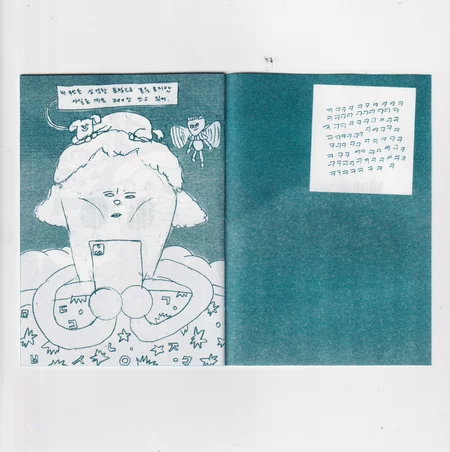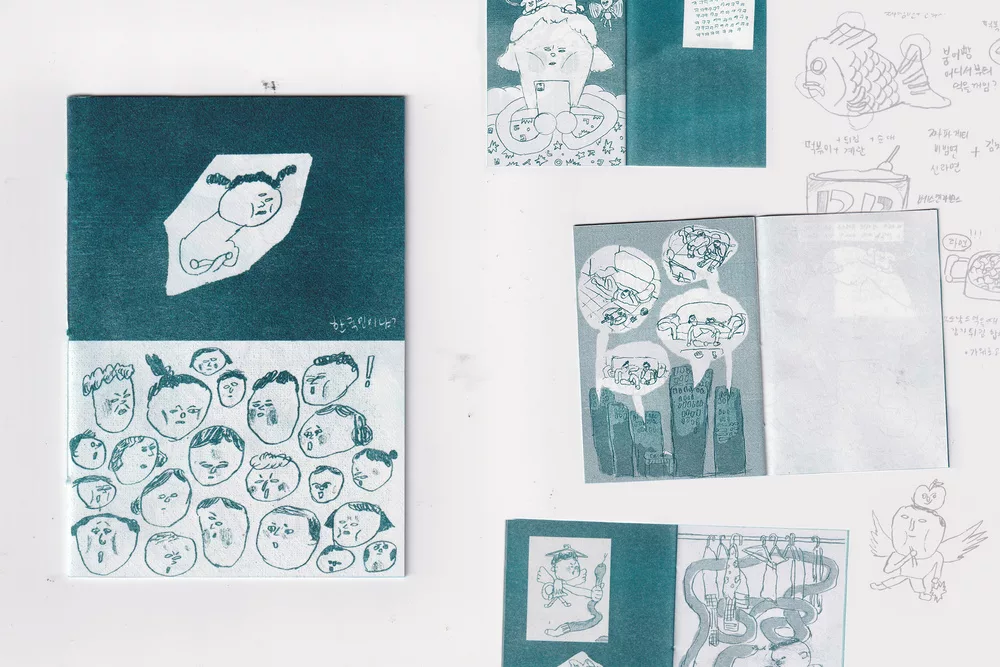Untold Tales
Concept conceived by Dr Mireille Fauchon and Rachel Gannon (Associate Professor and Head of Department for Illustration Animation)
Pedagogic Project
I’d love to see young women creating illustrations of grime or drill MCs but the likelihood is that we’ll keep seeing the same images and reading the same narratives. Much of the most interesting and powerful culture in the UK is made by high-melanin or queer people who experience at least some degree of marginalisation because of skin tone or sexuality. Many of our writers and photographers – and almost all of our editors – come from nuclear low-melanin families, many of whom can afford private education. It matters to have the right person telling the right story, at least some of the time.
Why Documenting Your Culture Is An Act Of Resistance, by Emma Warren
I’ve always felt that it is impossible to engage properly with a place or a person without engaging with all of the stories of that place and that person. The consequence of the single story is this: It robs people of dignity. It makes our recognition of our equal humanity difficult. It emphasizes how we are different rather than how we are similar.
The Danger of a Single Story (TED Talk), by Chimamanda Adichie
Context
As you enter the third year many of your will be thinking about how you find an individual or authentic voice/visual language as an illustrator animator. Telling stories is fundamental to illustration animation practice and this project asks you use storytelling as a way of finding your voice. Many stories make up who you are, but what stories do you choose to tell? In her highly influential TED talk, Novelist Chimamanda Adichie tells the story of how she found her authentic cultural voice – and warns that if we hear only a single story about another person or country, we risk a critical misunderstanding.
Individual illustration animation practices can be utilised to document, record and tell stories about, those people, objects and locations we can see as well as communicate knowledge and experiences that are intangible. Preserving a cultural and its history and/or traditions can be seen as a radical act – not only in the socio-political sense but radical in the sense of being able to affect the fundamental nature of something. As visual practitioners we should consider the power we hold and the legacy of our work – what is its purpose? Who does it support or represent? What does this mean for future generations?
Brief
Use your practice to illustrate what you recognise as an example of cultural heritage that relates to your own personal everyday experience, biography or lineage. Tell a story about an aspect of your personal cultural heritage that might otherwise be difficult to access or comprehend to those outside of the communities you belong to. Your outcome should strive to make your personal knowledge and experience accessible to others and provoke a more empathic understanding from your audience. Begin by considering the various communities you belong to (family, friends, professional (work places), interest groups, clubs, social circles, etc.) and their associated histories, habits and social practices. It may be helpful to identify any social phenomenon’s that are informal, unrecorded or unknown to those outside these groups.
To ‘Illustrate’ should be understood as the fullest use of your practice to interrogate and describe chose story. You can use any method/s to conduct your exploration and your outputs can take on any form. As part of your process you may wish to conduct interviews, audio-visual recordings, site / location visits or field work etc. Always keep in mind what are the most appropriate ways to investigate and capture your cultural with sensitivity and respect to the subject matter, the communities involved and the audience to whom you communicate.
two examples of outcomes:
A publication that explores how language forms identity, particularly the feelings experiences by those of dual heritage who don’t learn to speak the language of their parents.
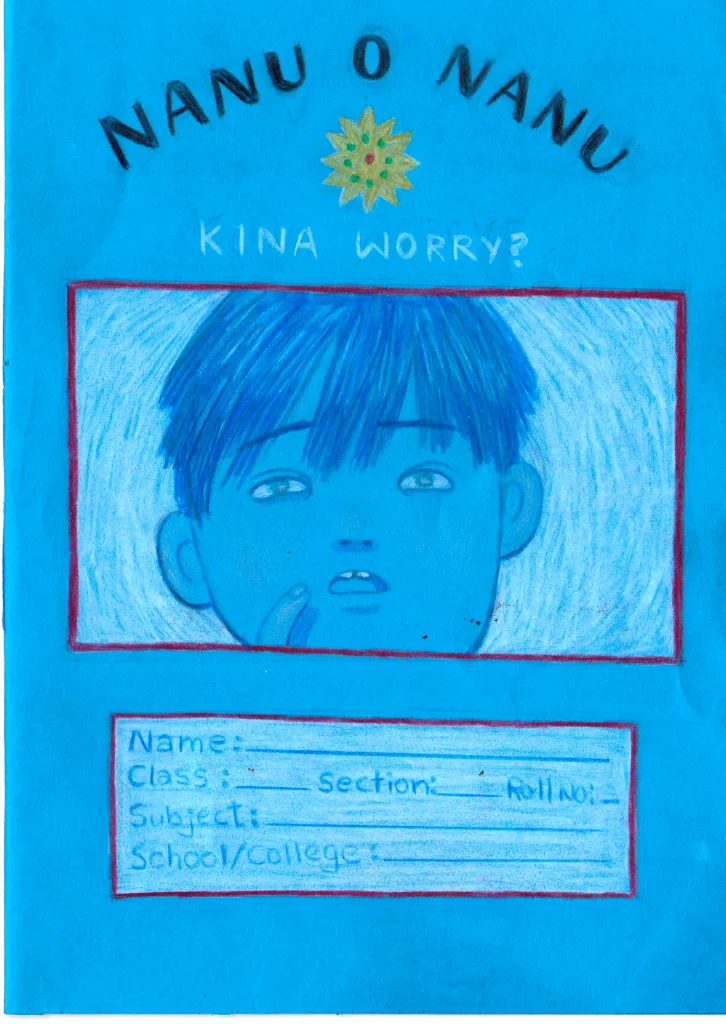
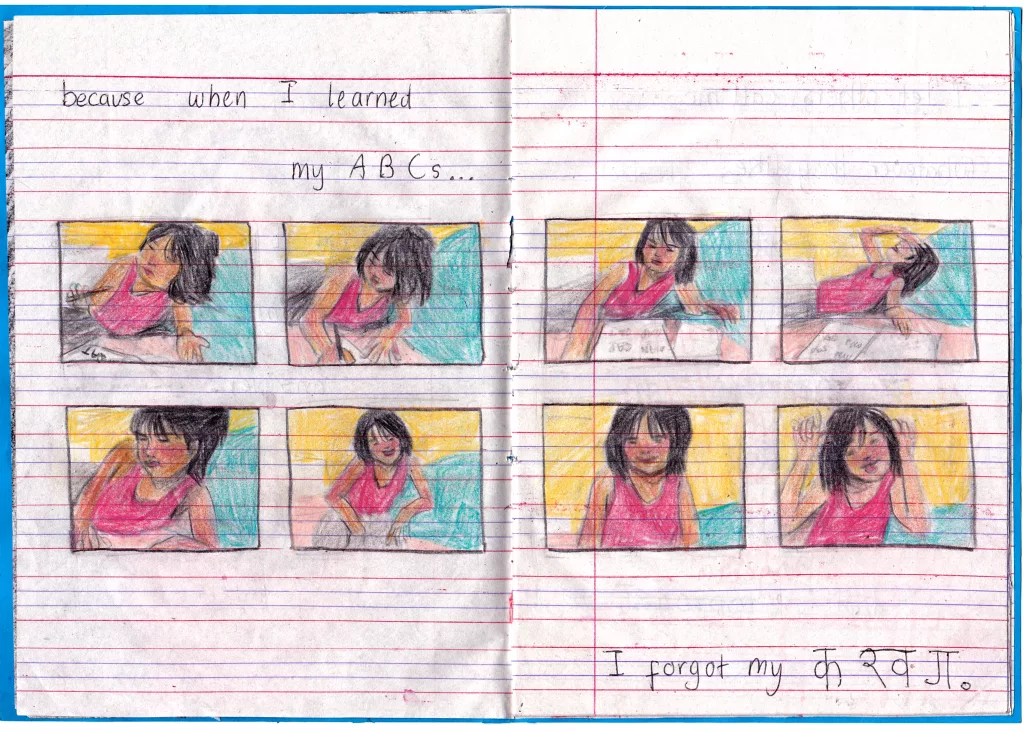
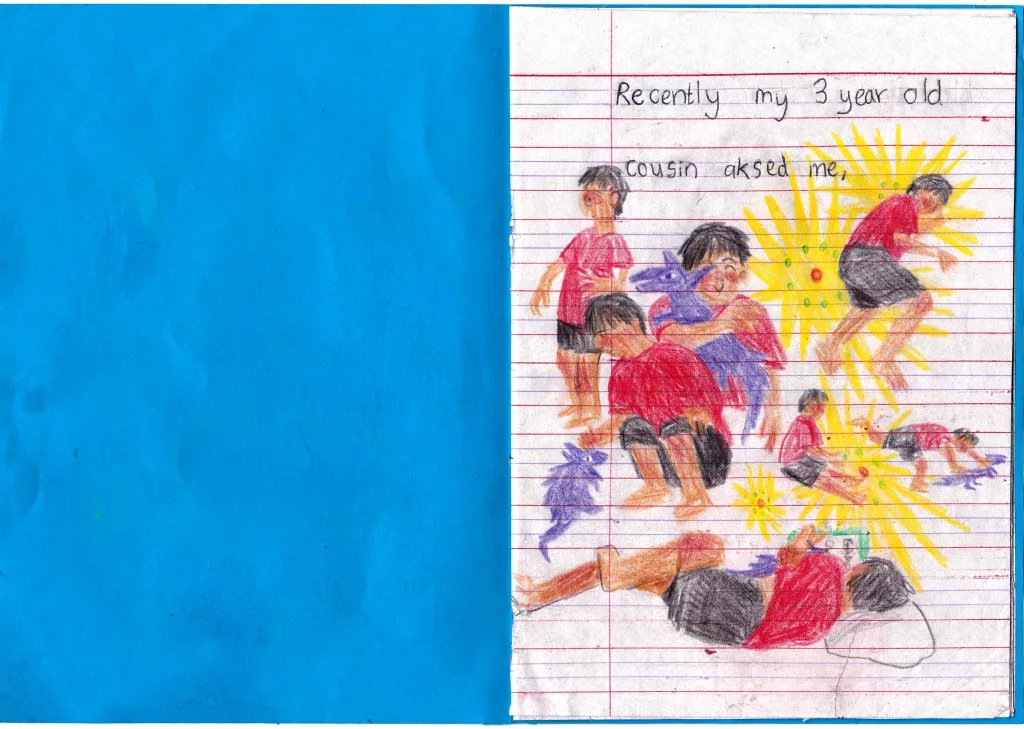
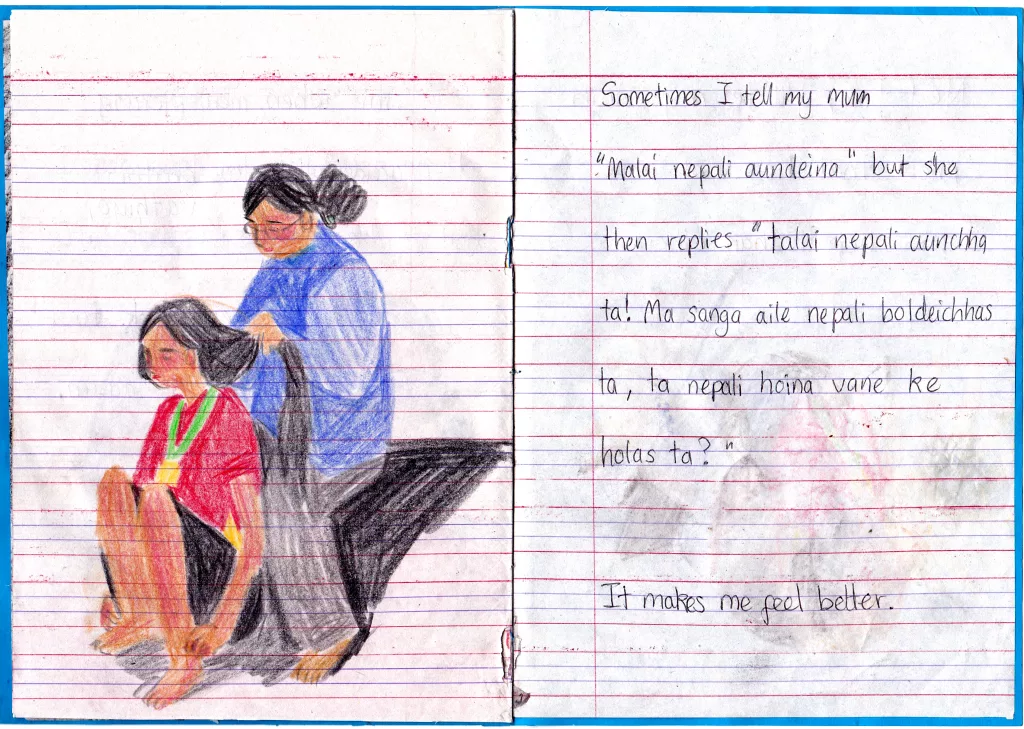
A zine about the unspoken rules of South Koreans in everyday life.
105 x 148 mm, one colour risoprint.
